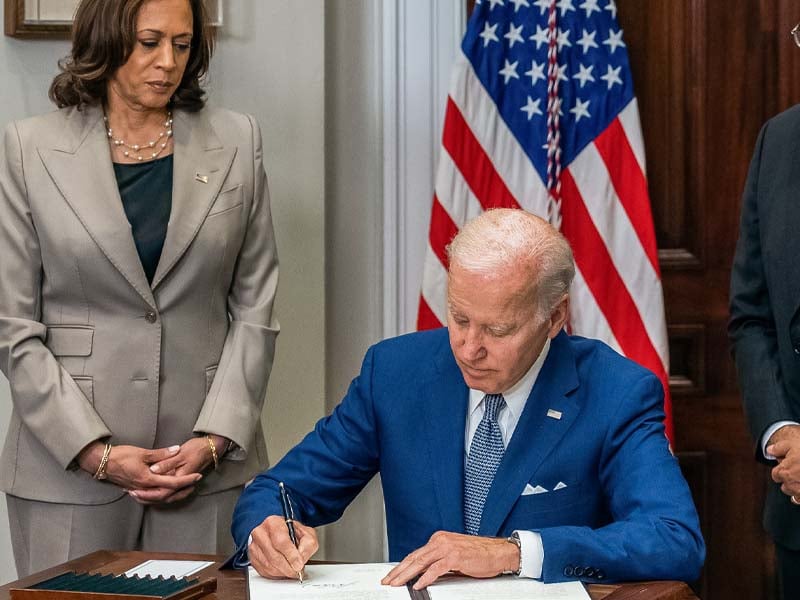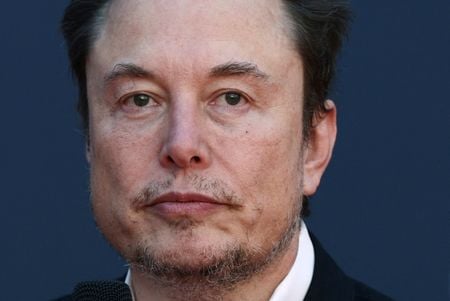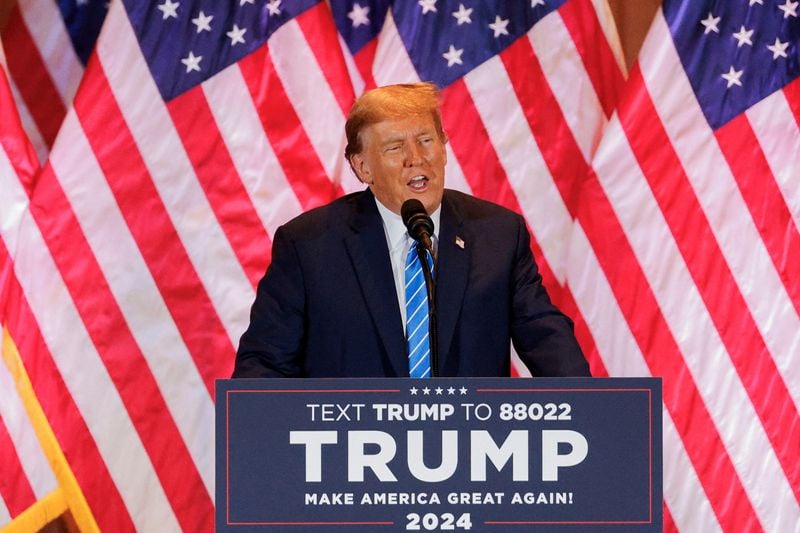Inflation in the United States rose slightly in October, with the consumer price index (CPI) increasing 0.2% year-over-year and 2.6% from the previous month, according to the Bureau of Labor Statistics. Core CPI, which excludes food and energy prices, held steady at a 3.3% annual growth rate. Despite these inflationary pressures, job growth slowed sharply, with only 12,000 new nonfarm payroll positions added in October, significantly below the 110,000 positions expected. The unemployment rate remained unchanged at 4.1%.
In response to the mixed economic signals, the Federal Reserve cut the federal funds rate by 0.25% on Thursday, following a previous 0.5% cut in September. The rate cut is part of the Fed’s effort to counter slowing employment gains and to support economic growth. The decision comes as inflation remains elevated from the record high of 9% in June 2022, while recent GDP growth slowed but stayed positive at 2.8% in the third quarter. Following Donald Trump’s election victory on Nov. 6, the stock market surged, reflecting investor optimism about his economic agenda despite concerns about potential inflationary effects.

Inflation rose slightly in October despite a massive slowdown in job growth in the same month, according to a Bureau of Labor Statistics (BLS) report released Wednesday.
The consumer price index (CPI), a measure of the price of everyday goods, increased 0.2% on an annual basis in October and rose 2.6% month-over-month, compared to 2.4% in September, and in line with expectations, according to the BLS. Core CPI rose 3.3% year-over-year in October, the same rate as in September.
The Federal Reserve on Thursday decided to cut the federal funds rate range by 0.25% due to a declining rate of inflation and slowing employment gains in an effort to boost the U.S. economy. The decision followed a September rate cut of 0.5%, which marked the first cut since March 2020 and the first change to Fed policy since July 2023.
The U.S. added fewer new jobs last month than the 110,000 that were expected, with just 12,000 nonfarm payroll positions being announced in October, while the unemployment rate remained at 4.1%. Gross domestic product grew at a less-than-anticipated rate in the third quarter, but remained above recent trends at 2.8%.
Inflation hit a peak of 9% in June 2022 under President Joe Biden, up from 1.4% in January 2021 when the president was inaugurated. Prices have remained high under the Biden-Harris administration, with blue states such as California facing high gas prices, and many Americans struggling with rising home prices as well.
President-elect Donald Trump repeatedly emphasized the importance of improving the economy during his campaign against Vice President Kamala Harris. The U.S. stock market surged on Nov. 6 following Trump’s election victory, despite some economists worrying about his economic policies fueling higher inflation.
All content created by the Daily Caller News Foundation, an independent and nonpartisan newswire service, is available without charge to any legitimate news publisher that can provide a large audience. All republished articles must include our logo, our reporter’s byline and their DCNF affiliation. For any questions about our guidelines or partnering with us, please contact [email protected].
All content created by the Daily Caller News Foundation, an independent and nonpartisan newswire service, is available without charge to any legitimate news publisher that can provide a large audience. All republished articles must include our logo, our reporter’s byline and their DCNF affiliation. For any questions about our guidelines or partnering with us, please contact [email protected].




